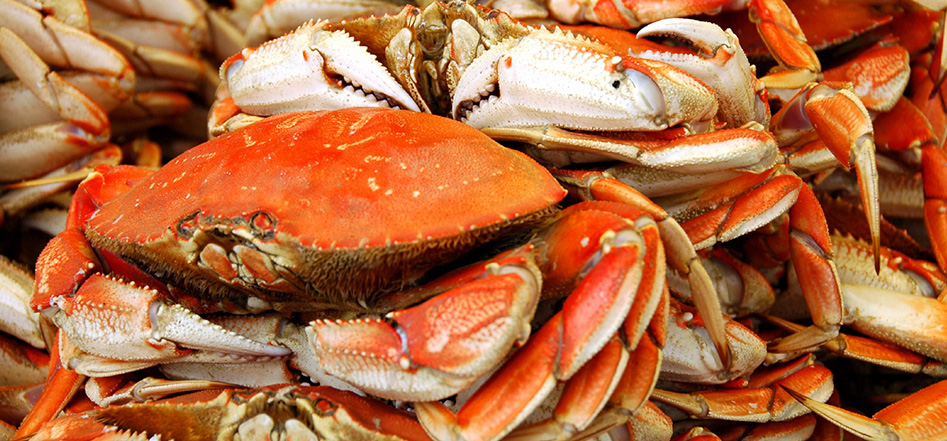
Sweeney Ridge is a peninsula open space jewel and historic site. The Golden Gate National Recreation Area park brochure invites you to follow in “the footsteps of explorers, soldiers and citizen activists as well as an occasional mountain lion”. If you’re coming to Highway 92 Succulents nursery in Half Moon Bay from San Francisco, you might also enjoy a day hike along the ridge.
Spanish explorer Juan Gaspar de Portola and party were the first Europeans to see San Francisco Bay, which they discovered from Sweeney Ridge on November 4, 1769. They described “…a large arm of the sea… some sort of harbor there within the mountains,” but it wasn’t what they were looking for. Portola had set out to find the great natural harbor of Monterey mapped by Sebastian Vizcaino when he sailed up the coast in 1602. Vizcaino had described a fine protected port suitable for a Spanish settlement. Portola’s overland expedition missed it.
Portola was Catalonian and born aristocratic, but was the second son and not entitled to manage the family affairs. He joined the military at age 17 and advanced through the ranks slowly. He was 51 before he was promoted to captain and ordered to New Spain to help lead the “Army of America” – orders regarded as the worst in the Spanish Army.
Spain was driven to establish missions and presidios in Alta California out of fear that the English and Russians would gain control of the Pacific Coast. In May 1768, Spanish Visitor General Jose de Galvez, organized a land and sea expedition to identify the best locations for settlement. Portola was teamed with Father Serra and supported financially by the Baja missions. Father Juan Crespi joined the group as the expedition’s diarist. The overland party was staffed by neophytes (native Americans converted to Catholicism), a few dozen soldiers and civilian cooks, carpenters, blacksmiths and a doctor. While the overland party followed a route that parallels Highway 101, three ships – the San Carlos, San Antonio and San Jose – laden with supplies, were ordered north in support.
Inaccurate nautical charts from the Vizcaino expedition caused the first of the supply ships to miss San Diego harbor and it arrived three weeks late. It was a harbinger of navigational mishaps to come.
Portola planned to rendezvous with the vessel San Jose at Monterey. He headed north on July 14,1769, traveling at a pace of two to four leagues per day, reaching Los Angeles on August 2 and Santa Barbara on August 19. The party emerged from the Santa Lucia Mountains at the mouth of the Salinas River on October 1. They’d marched 400 miles from San Diego and about 1,000 miles from Velicata. They finally arrived at Monterey but didn’t recognize it; fog obscured the shoreline, and the waters of the large Monterey Bay looked more like the open ocean. They failed to discern the semi-circular coastline that Vizcaino had described, so they continued north.
In late October, as the rainy season began, Portola entered what is now San Mateo County and made camp at Point San Pedro. He encountered some Indians and, by communicating through sign language, came to believe a ship was anchored to the north. The party hoped they had finally caught up with the San Jose. Scouts climbed the hills to the east, to what is now Sweeney Ridge, and became the first Europeans to see San Francisco Bay. However they didn’t realize that the inland water had a connection to the Pacific – their vantage point lacked a view of the Golden Gate. They explored the bay, traveling as far south as Palo Alto, but gave up on November 11 and turned back, marching to San Diego on a diet of mule meat. They arrived on January 24, 1770.
Mitch Postal writes in “Peninsula Portrait” that “While Portola’s reports were negative about the new lands they had seen, Father Crespi’s opinions were positive. Crespi also recognized the significance of the discovery of the great body of water. He convinced Jose Galvez, that more exploration and support were appropriate.”
In 1770, Galvez sent Portola and Serra north again: Serra by sea and Portola overland. Together they founded Monterey. Father Serra made the new mission his headquarters and Portola retired, but his replacement, Lieutenant Pedro Fages, led a small party northward. In November, they finally sighted the Golden Gate from the East Bay and proved the importance of Portola’s earlier observations.
Today, the site of the “discovery” of San Francisco Bay is on two knolls from which the members of the expedition first admired the view. There are two commemorative monuments that celebrate the Gaspar de Portola Expedition. The view has changed considerably with the growth of the Bay Area, but is still breath taking. Enjoy a fine summer hike on Sweeney Ridge.
FFrom San Bruno, trails to the ridge start from the west end of Sneath Lane off of Hwy 35 (Skyline Blvd), and from Skyline College Parking Lot #2. After, it’s an easy drive down 280 south and 92 west, to Highway 92 Succulents nursery in Half Moon Bay.

Recent Comments